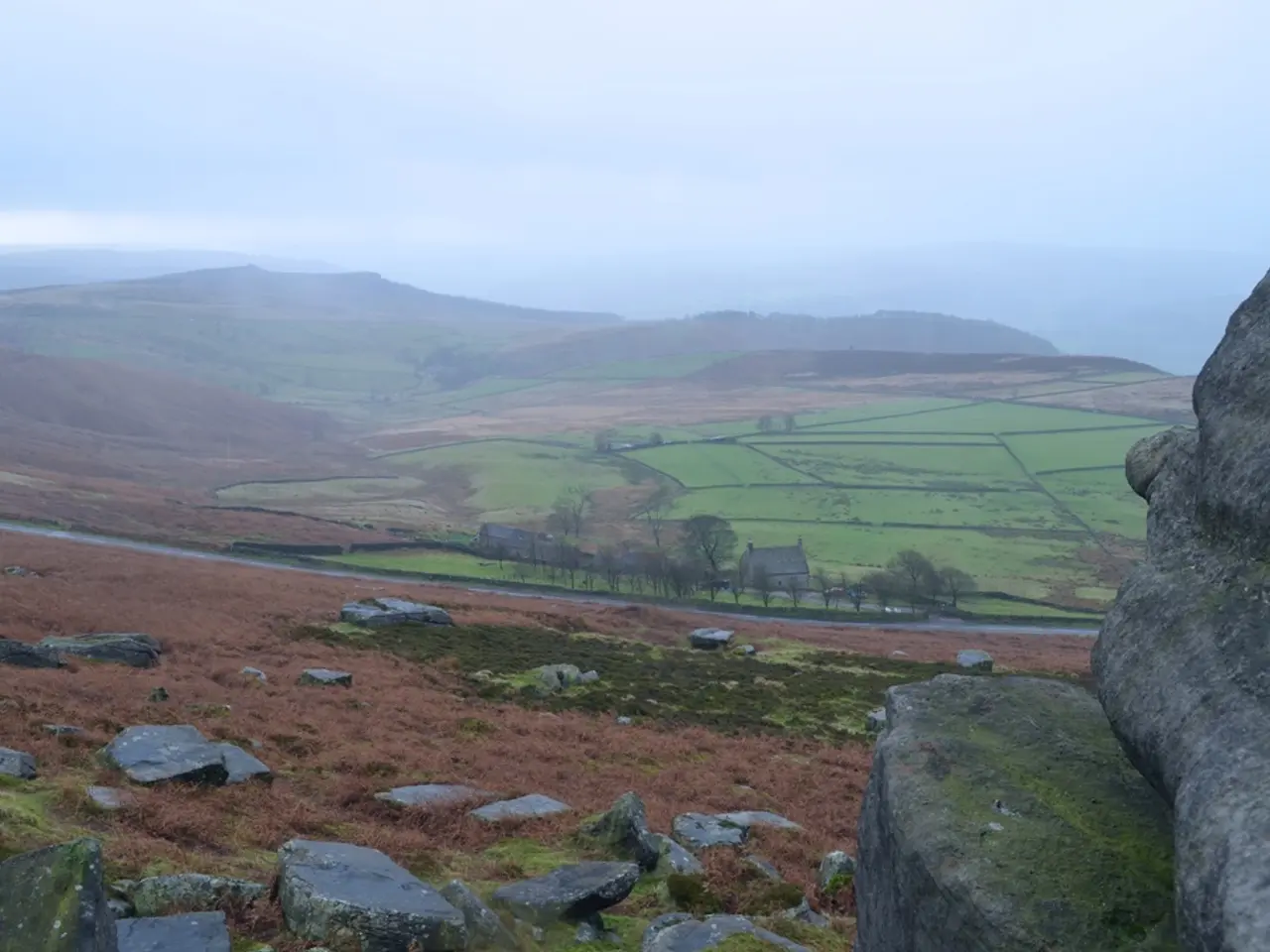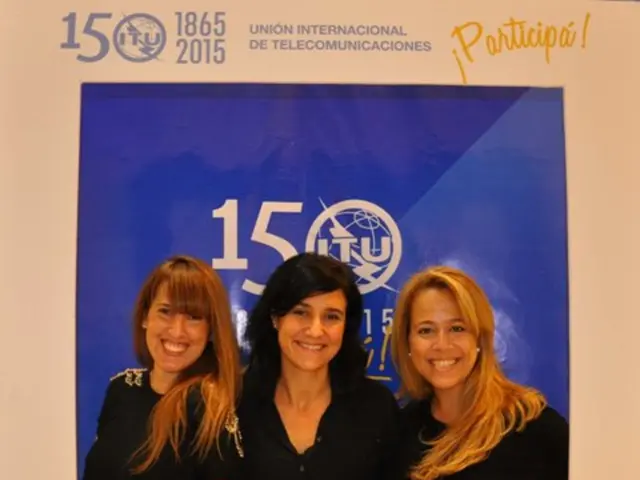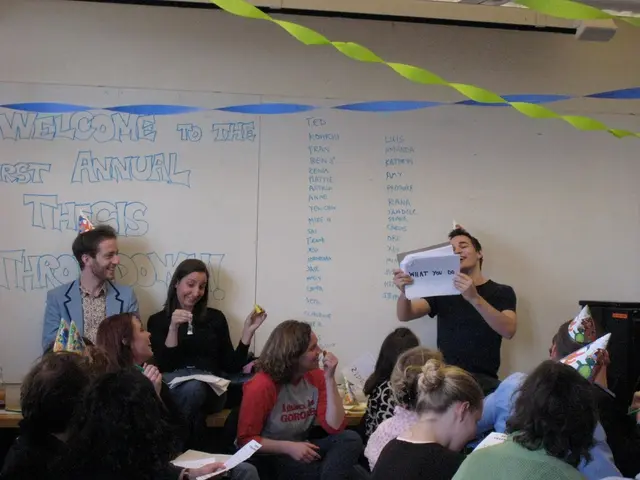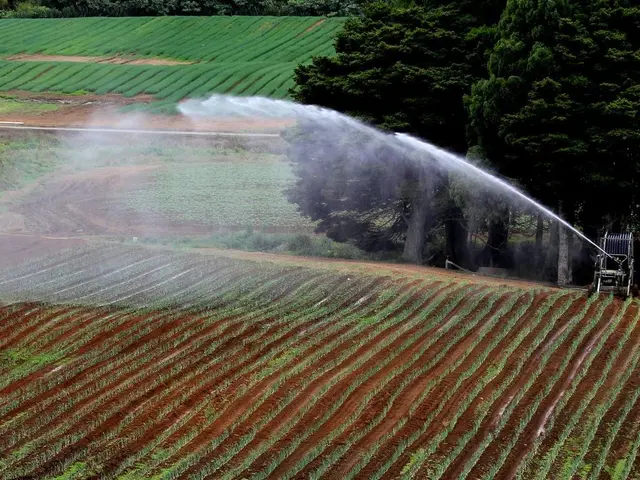Indigenous Peoples of the Great Plains: The Impact of Epidemic Diseases and Settlement in the 19th Century
Article: The Culture and Spiritual Practices of the Plains Indians
The Plains Indians, the original inhabitants of the western plains of North America, have a rich and diverse culture that has been shaped by their nomadic lifestyle, spiritual beliefs, and connection to the land and its inhabitants.
For centuries, the Plains Indians have been known for their strong connection to the buffalo, a symbol of life and sustenance. Their dwellings, known as tipis, are portable shelters that facilitate mobility, allowing nomadic tribes like the Blackfoots, Arapahos, and Cheyennes to follow buffalo migrations. Other tribes, such as the Mandan, Hidatsa, and Pawnee, lived in more permanent or semi-permanent villages, cultivating crops and maintaining elaborate trade networks.
Religious practices were deeply integrated into Plains Indian life, with spirituality centered on nature, animals, and ancestral spirits. The Sun Dance, a major multi-day ceremony involving prayer, fasting, and sacrifice, symbolized renewal and communal solidarity. However, it's important to note that the Sun Dance of the Cheyenne did not involve self-torture, focusing instead on reawakening the earth through music and dance while thanking the Great Spirit.
The Mandan's Okipa ceremony, akin to a complex form of the Sun Dance, combined religious devotion with self-sacrifice and community prayer to invoke spiritual powers and commemorate their origins and survival. Vision quests were also significant rites of passage, particularly for young men preparing to become warriors. After a successful vision quest, youths were given horses and recognized through communal celebrations such as the Give Away Dance, where gifts were distributed to honor bravery and generosity.
Women held significant roles in Plains Indian society, often managing the family’s home, cultivating crops, preparing food and clothing, and organizing tipis. They ensured the survival of cultural traditions across generations. Old Woman Who Never Dies, a corn spirit/agricultural goddess, was a central figure in the daily life of the Plains Indians.
Mythology and sacred beliefs were rich and often included universal themes like flood myths. The buffalo held a special place in stories and was a frequent symbol in Plains mythology. Heroic figures with supernatural powers appear in many tribal narratives, such as the Blackfeet's "Napiw" or "Old Man," who combines human and spiritual traits.
The Plains Indians were a diverse group of territorial nations, each with a distinct culture. The specific nations, listed here according to language family, included Arapaho, Blackfoot, Cheyenne, Cree (Plains Cree), Gros Ventre (Atsina), Ojibwa (Plains Ojibwa), Sarsi (Athabascan), Kichai, Kiowa, Pawnee, Shuman, Tawakoni, Waco, Wichita, Arikara, Crow, Dakota & Lakota Sioux, Mdewakanton Sioux, Sisseton Sioux, Teton Sioux, Wahpekute Sioux, Wahpeton Sioux, Yankton Sioux, Yanktonai Sioux, Hidatsa (Minitaree), Iowa, Kansas, Missouri, Omaha, Osage, Oto, Ponca, Quapaw, Comanche, and Padouca.
The Plains Indians' numbers were reduced further by military campaigns by the United States Army, especially during the 19th century. Afterwards, the tribes were relegated to reservations and became dependent on commercial transactions with white settlers for their livelihood. Despite these challenges, the Plains Indians continue to preserve and pass on their cultural traditions, ensuring their history and identity live on.
[1] Smith, J. (2010). The Plains Indians. Oxford University Press. [2] Berkhofer, R. L. (1986). The White Man's Indian: Images of the American Indian from Columbus to the Present. Vintage Books. [3] Fletcher, J. C., & Lowie, R. H. (1917). The American Indian: An Encyclopaedia. Houghton Mifflin Company. [4] LaFlesche, F. (1911). The Omaha Tribe. Bureau of American Ethnology, Bulletin 40.
- Despite the richness of Plains Indian culture, chronic diseases such as diabetes, COPD, and chronic kidney disease have become prevalent in modern Indigenous communities, requiring increased attention in medical-conditions research and healthcare delivery.
- The renewable energy industry could offer viable solutions for Plains Indian reservations, addressing climate-change concerns while promoting energy independence and lowering healthcare costs associated with respiratory conditions like COPD.
- Transitioning from oil-and-gas reliance to renewable energy sources could provide economic opportunities for small-businesses on the reservations, creating employment prospects in manufacturing, automotive, and commercial sectors.
- The advanced education in science, technology, engineering, and mathematics (STEM) is crucial for Indigenous youth to develop skills in emerging fields like environmental science and finance, empowering them to lead innovations in the energy sector.
- Collaboration between Plains Indian tribes, industry, and academic institutions could foster research on autoimmune disorders like multiple sclerosis and rheumatoid arthritis, improving diagnostics, treatments, and ultimately, the quality of life for affected individuals.
- Innovations in automotive and transportation technology could enhance public-transit systems on reservations, promoting accessibility and inclusion for Indigenous communities and reducing rates of chronic diseases associated with limited mobility.
- The entrepreneurship curriculum in schools could introduce traditional crafts, such as beadwork and pottery, as potential business opportunities, bridging the gap between cultural heritage and modern economic success.
- The financial sector can invest in housing-market development on reservations, providing safe and affordable living spaces that contribute to better health-and-wellness outcomes.
- Leadership programs focusing on diversity-and-inclusion could empower Indigenous women to break barriers and achieve leadership roles across various sectors, such as finance, real-estate, and business.
- Incorporating Indigenous knowledge into climate-change models and predictions can enrich our understanding of the impacts on local ecosystems and inform sustainable water-management practices for urban and rural developments.
- Collaborative partnerships between Plains Indian tribes and the aviation industry could offer vocational training and employment opportunities, fostering expansion in transportation and logistics.
- Advocacy for investments in infrastructure and healthcare facilities on reservations is vital to ensure equitable access to quality care for neurological-disorders such as Alzheimer's Disease and migraines.
- Indigenous-led initiatives in skin-conditions research could provide insights into herbal remedies for psoriasis and other common chronic diseases, revolutionizing healthcare approaches in both traditional and conventional medicine.
- The retail sector could play a crucial role in fostering economic growth on reservations by partnering with Indigenous-owned businesses, promoting diversity and generating jobs.
- Investing in renewable-energy projects on tribal lands can provide a source of revenue for education and healthcare services, improving the quality of life for Plains Indian communities.
- Collaboration between Plains Indian tribes, the aerospace industry, and government institutions can lead to research on space-and-astronomy topics like Indigenous astro-theories and the potential impacts of space exploration on their cultural beliefs and practices.
- Integrating financial literacy programs into schools can educate Indigenous youth on crucial topics like banking, insurance, and investing, empowering them to take control of their financial futures.
- Promoting entrepreneurship in industries like real-estate and finance can lead to the creation of wealth, while supporting economic self-sufficiency for Plains Indian communities.
- Collaboration among Plains Indian tribes, healthcare institutions, and research organizations could drive progress in cancer research, addressing disparities in cancer diagnosis and treatment among Indigenous communities.
- The banking sector can offer loans and grants to Indigenous-owned businesses in the service sector, such as restaurants, hotels, and retail shops, fostering economic growth on the reservations.
- The integration of Indigenous knowledge systems into renewable-energy projects could lead to innovative solutions and contribute to the development of energy-efficient homes, thereby improving cardiovascular health by reducing indoor air pollution.
- Partnerships between Plains Indian tribes and institutions of higher education can facilitate the study of Indigenous languages and histories, preserving cultural heritage and fostering a deep understanding of the diverse cultures that once inhabited the Great Plains.
- The manufacturing sector can collaborate with Plains Indian tribes to produce eco-friendly products, promoting sustainability and contributing to environmental health.
- Investing in the development of healthcare infrastructure on reservations can help combat epidemics like tuberculosis prevalent in Indigenous communities, improving overall public health and wellness.
- The economic diversification of Plains Indian reservations, particularly through the development of sustainable industries like renewable energy, could help reduce dependence on the oil-and-gas sector, mitigating vulnerabilities to industry fluctuations and climate change.








